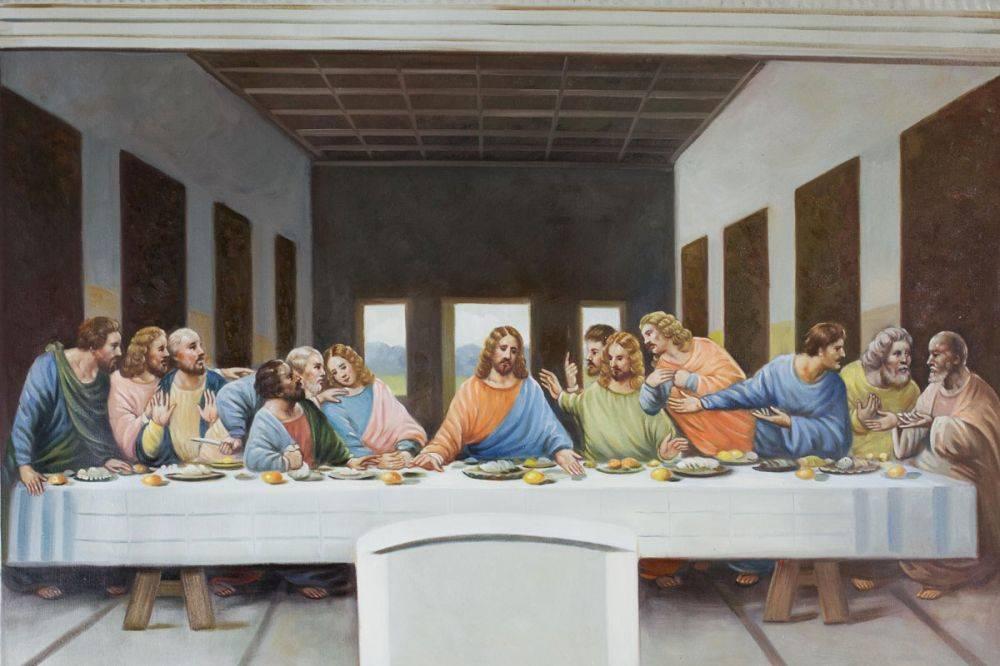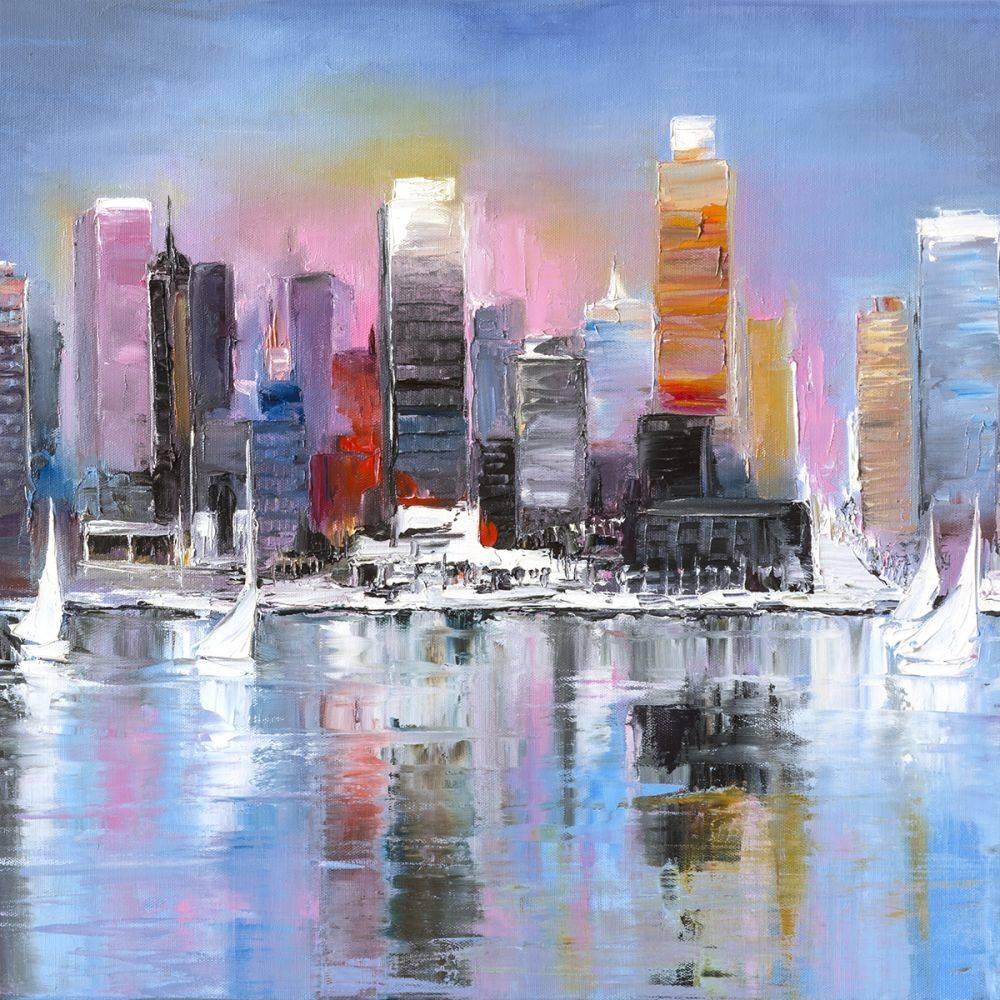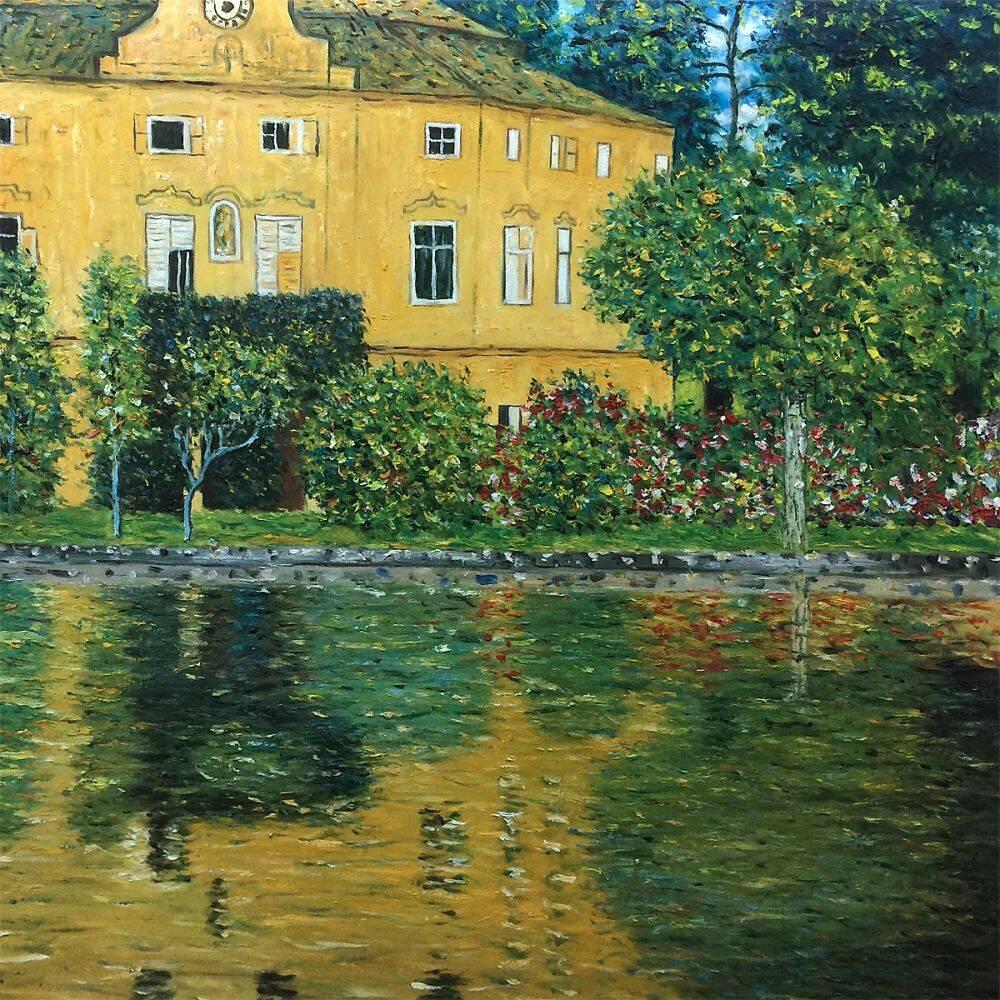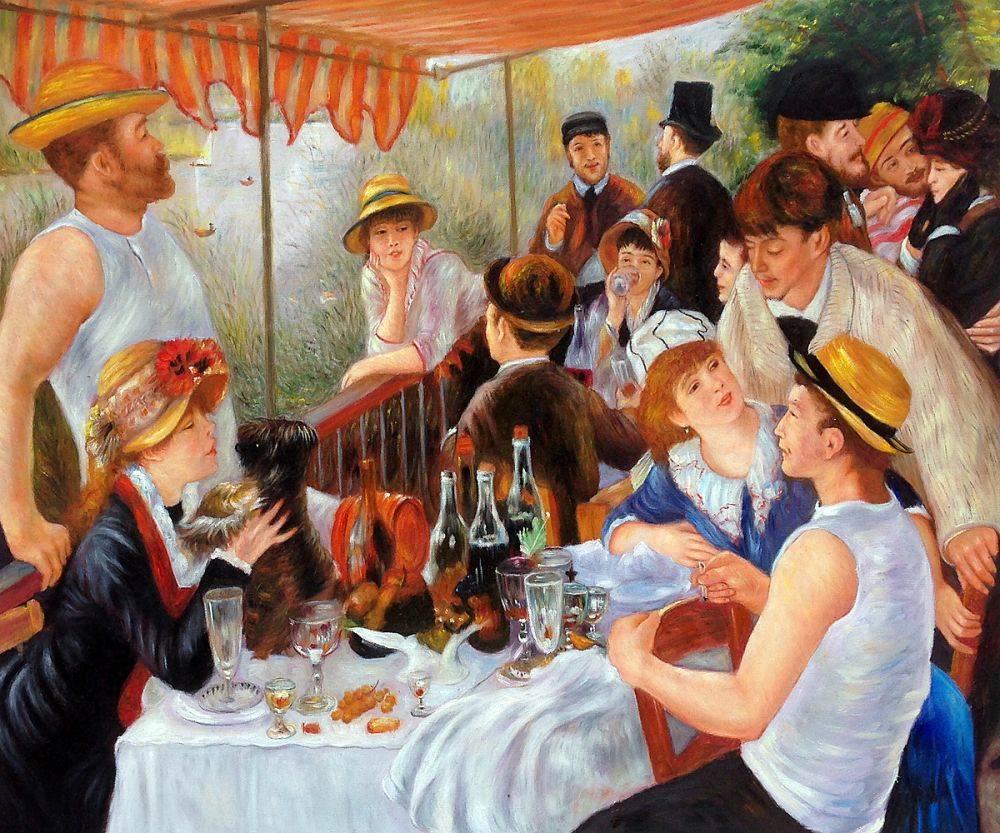Art & Decor Trends
Color Theory Basic Principles
This is a short list of information about the color theory. This is important because colors are the main focus of any design and decor endeavor. So let’s plunge back to the basics…

- Primary Colors – Red, Yellow, and Blue. With these three colors (and black and white) all other colors can be made. The primary colors themselves can not be made by mixing other colors.
- When you mix two primary colors together you get a secondary color. So if you mix Red and Yellow, you’ll get the secondary color Orange. If you mix Blue and Yellow, you’ll get the secondary color Green. If you Mix Blue and Red then you’ll get the secondary color Purple. When mixing two secondary colors together you get a neutral gray color.
- Tertiary Colors are natural colors such as browns and grays that contain all three primary colors. The tertiary colors differ by varying the proportions of the primary colors you’re mixing.
- Complementary colors sit on opposite sides of the color wheel. If placed next to each other in a painting, they make each other appear brighter.
- Using Black to Darken an oil painting – you shouldn’t use black automatically to darken a color because it tends to make the color appear dull and gloomy.
- Warm colors appear closer and cool colors appear further away. Reds, oranges and yellows are generally considered warm colors and blues, green and purples are considered cool colors.
- Mixing lighter and darker colors. It doesn’t matter if you add darker color to lighter or lighter color to dark, the end result is the same, but usually dark is added to light as it takes less dark to change a light than light to change dark.
If you have other tips that you think are important about the color theory then let me know… it is always good to go back to the basics…



